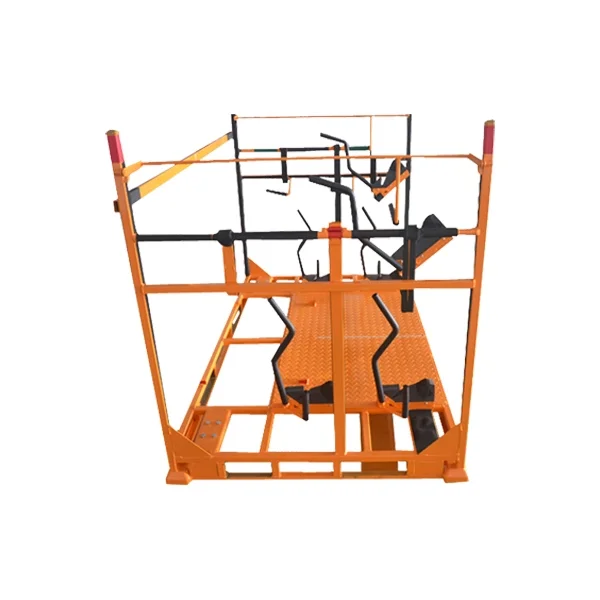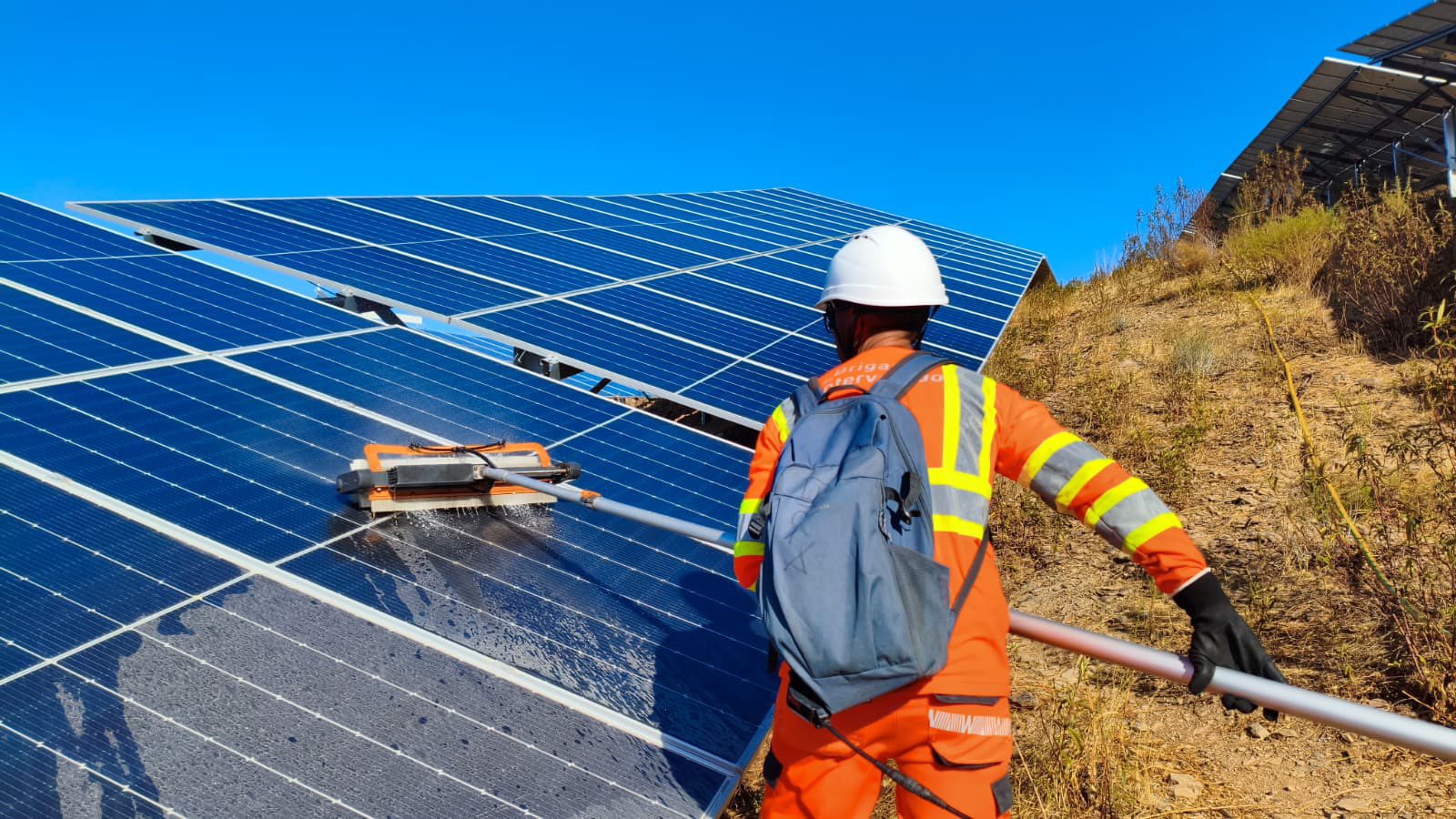When it comes to safeguarding your home from the elements, one of the most critical aspects to consider is the waterproofing of exterior walls. Water intrusion can lead to a myriad of problems, including mold growth, structural damage, and a significant decrease in property value. With various waterproofing methods available, homeowners and builders often find themselves asking: What is the best waterproofing method for exterior walls? This article delves into the most effective techniques, their benefits, and considerations to help you make an informed decision.
Understanding the Importance of Waterproofing
Before diving into specific methods, it's essential to understand why waterproofing is crucial. Exterior walls are the first line of defense against rain, snow, and humidity. Over time, water can penetrate through cracks, joints, and porous materials, leading to deterioration. Effective waterproofing not only protects the structural integrity of your home but also enhances energy efficiency by preventing heat loss and moisture buildup.
Common Waterproofing Methods
- Liquid Membrane Systems
- Overview: Liquid membranes are applied directly to the surface of the walls, creating a seamless barrier against moisture.
- Benefits: They are flexible, allowing for movement in the substrate without cracking. Liquid membranes can also be applied to irregular surfaces, making them versatile for various architectural designs.
- Considerations: Proper surface preparation is crucial for adhesion. Additionally, multiple coats may be required for optimal performance.
- Cementitious Waterproofing
- Overview: This method involves applying a cement-based mixture to the exterior walls, which hardens to form a waterproof barrier.
- Benefits: Cementitious waterproofing is highly durable and resistant to water pressure, making it ideal for basements and below-grade applications. It is also easy to apply and can be painted over.
- Considerations: While effective, it may require a longer curing time and can be less flexible than other options, potentially leading to cracking if the substrate shifts.
- Bituminous Coatings
- Overview: Bituminous coatings are asphalt-based products that provide a waterproof layer when applied to exterior walls.
- Benefits: They are highly effective in preventing water penetration and are resistant to UV rays, making them suitable for exposed surfaces. They also adhere well to various substrates.
- Considerations: Bituminous coatings can be sensitive to temperature during application and may require a protective layer to shield them from physical damage.
- Polyurethane and Silicone Sealants
- Overview: These sealants are used to fill joints, cracks, and gaps in exterior walls, preventing water ingress.
- Benefits: They offer excellent adhesion and flexibility, accommodating movement in the building materials. They are also resistant to UV light and weathering.
- Considerations: Sealants need regular maintenance and reapplication, especially in high-stress areas, to ensure long-term effectiveness.
- Drainage Systems
- Overview: While not a waterproofing method per se, installing proper drainage systems can significantly reduce water pressure against exterior walls.
- Benefits: Effective drainage systems, such as French drains or weep holes, can redirect water away from the foundation, minimizing the risk of water intrusion.
- Considerations: Drainage systems require careful planning and installation to ensure they function correctly and may involve additional landscaping considerations.
Choosing the Right Method
Selecting the best waterproofing method for your exterior walls depends on several factors:
- Climate: In areas with heavy rainfall or snow, a more robust system like liquid membranes or cementitious waterproofing may be necessary.
- Building Material: The type of material used for your exterior walls (brick, concrete, wood) can influence the choice of waterproofing method.
- Budget: Some methods may require a higher initial investment but offer long-term savings through reduced maintenance and repair costs.
- Aesthetic Considerations: If the appearance of the exterior walls is a concern, methods like liquid membranes or sealants that can be painted over may be preferable.
Conclusion
Waterproofing exterior walls is not just a preventive measure; it is an investment in the longevity and safety of your home. By understanding the various waterproofing methods available and their respective advantages and limitations, you can make an informed decision that best suits your needs. Whether you opt for liquid membranes, cementitious waterproofing, or a combination of methods, ensuring that your exterior walls are adequately protected will provide peace of mind and enhance the overall resilience of your property. Remember, the best waterproofing method is one that aligns with your specific circumstances, ensuring your home remains a fortress against the elements.



